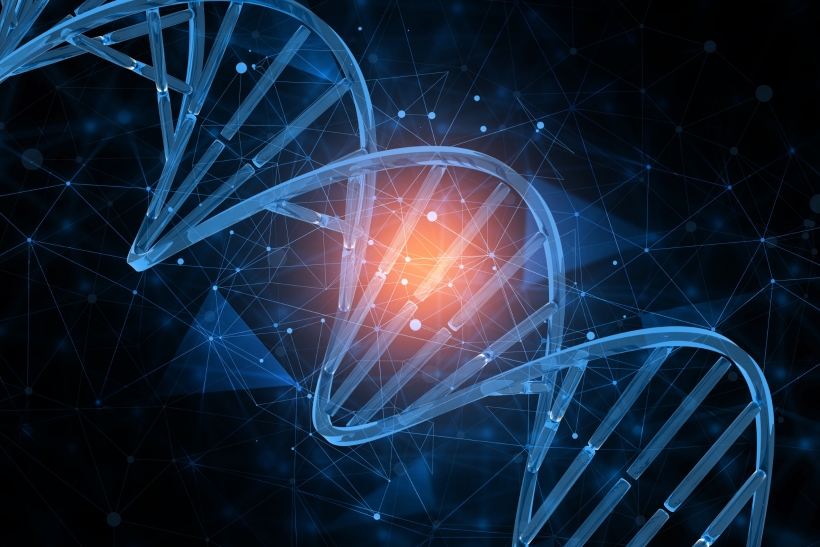This course covers a variety of topics in laboratory science:
Identifying different morphologies in blood, distinguishing numerous parasites and microorganisms, and culturing urine samples. These topics are important for understanding health and disease.
These are the specifications of Intro to Medical Diagnostic Lab Course:
| 1. Awarding Institution / Body: | |
| 2. Teaching Institution: | Online and distance learning, with tutor support |
| 3. Programme Accredited by: | |
| 4. Final Award: | Compulsory course for the Bachelor’s in Naturopathy and Holistic Medicine |
| 5. Programme title: | Introduction to Medical Diagnostic Lab Course |
| 6. Course Code and level: | BNHM6003 – Bachelor Level |
| 7. Duration of programme: | One trimester or 12 weeks |
| 8. Total number of study hours: | Equivalent to 4 US credits or 50 clock hours of study |
| 9. Enrollment requirements: | Only for Bachelor degree students |
| 10. Enrollment date: | First-year, first trimester |
| 11. Fees: |
The Intro to Medical Diagnostic Lab course has ten lessons accompanied by videos:
- Lesson 1 – Components of Blood and Interpretation of blood groups
- Lesson 2 – Principles of AST, WBC identification, Normal Flora, and Necrosis
- Lesson 3 – Leishman stain, Epithelium tissue, and Foodborne diseases
- Lesson 4 – Fouchet’s / Harrison Spot Test, Intestinal Nematode eggs, Blood Agar Medium, and Sulfosalicylic Acid
- Lesson 5 – Morphology and Colony characteristics of Dermatophytes, Crystals in the Urine, Virus Detection Methods, RBC in Urine, and Platelet Clumping
- Lesson 6 – CLED Agar medium, Anaplasia, and Protozoa cysts
- Lesson 7 – Cast in urine, Proteus colony morphology, and W. Bancrofti vs B. Malayi
- Lesson 8 – Ziehl Nielson Stain, and Hematology tests reference range
- Lesson 9 – G6PD deficiency blood picture, Benedict Test, and Fastidious organisms
- Lesson 10 – Hyper-segmented neutrophils, Proteus species, and Coagulase test limitations
Course Materials:
– All of the materials are in downloadable .pdf files


